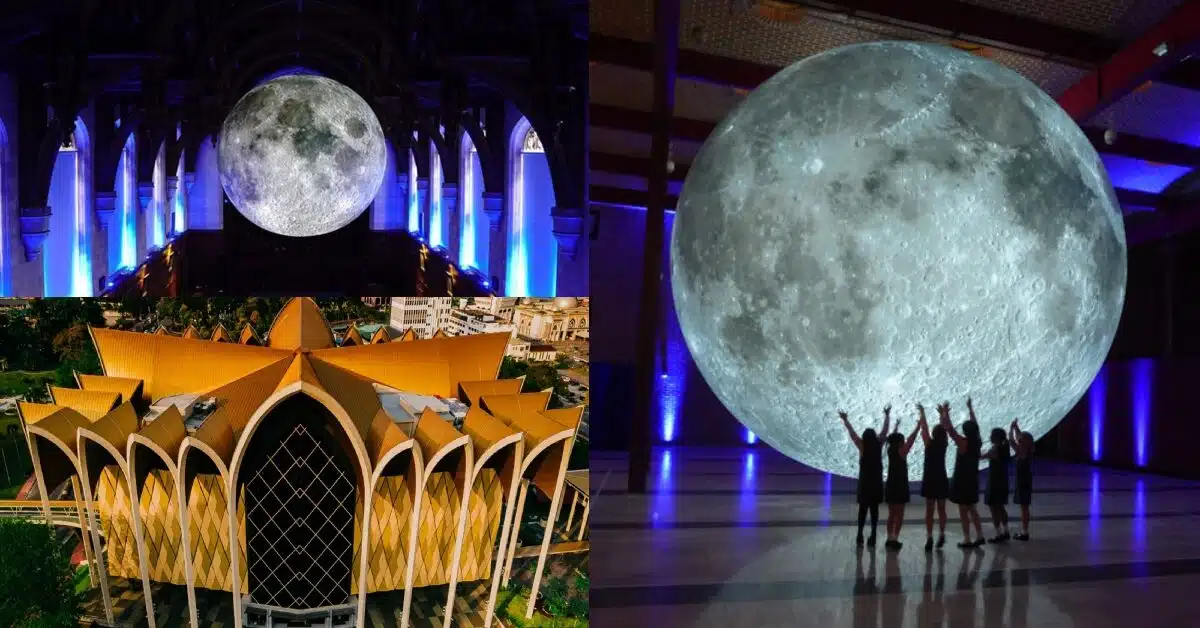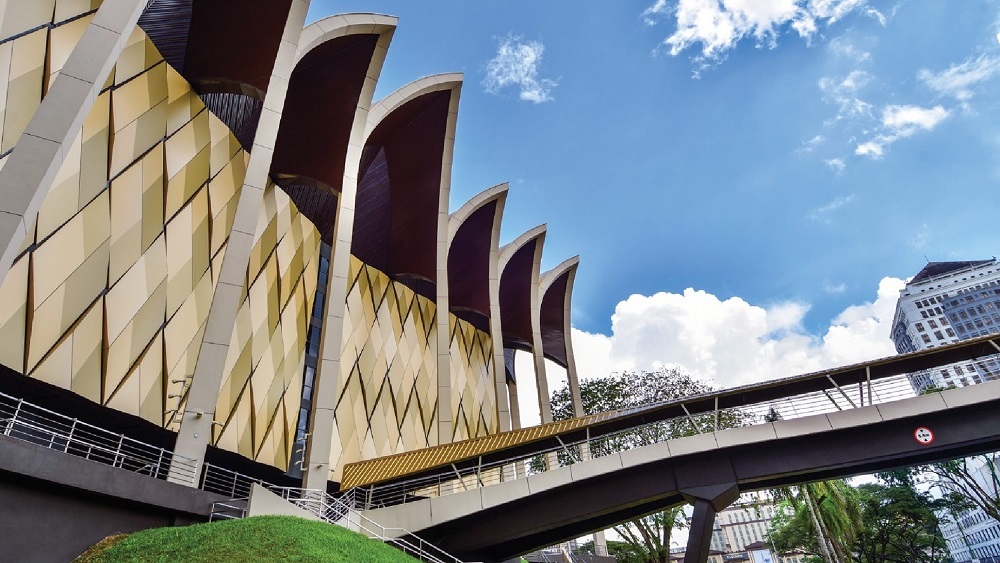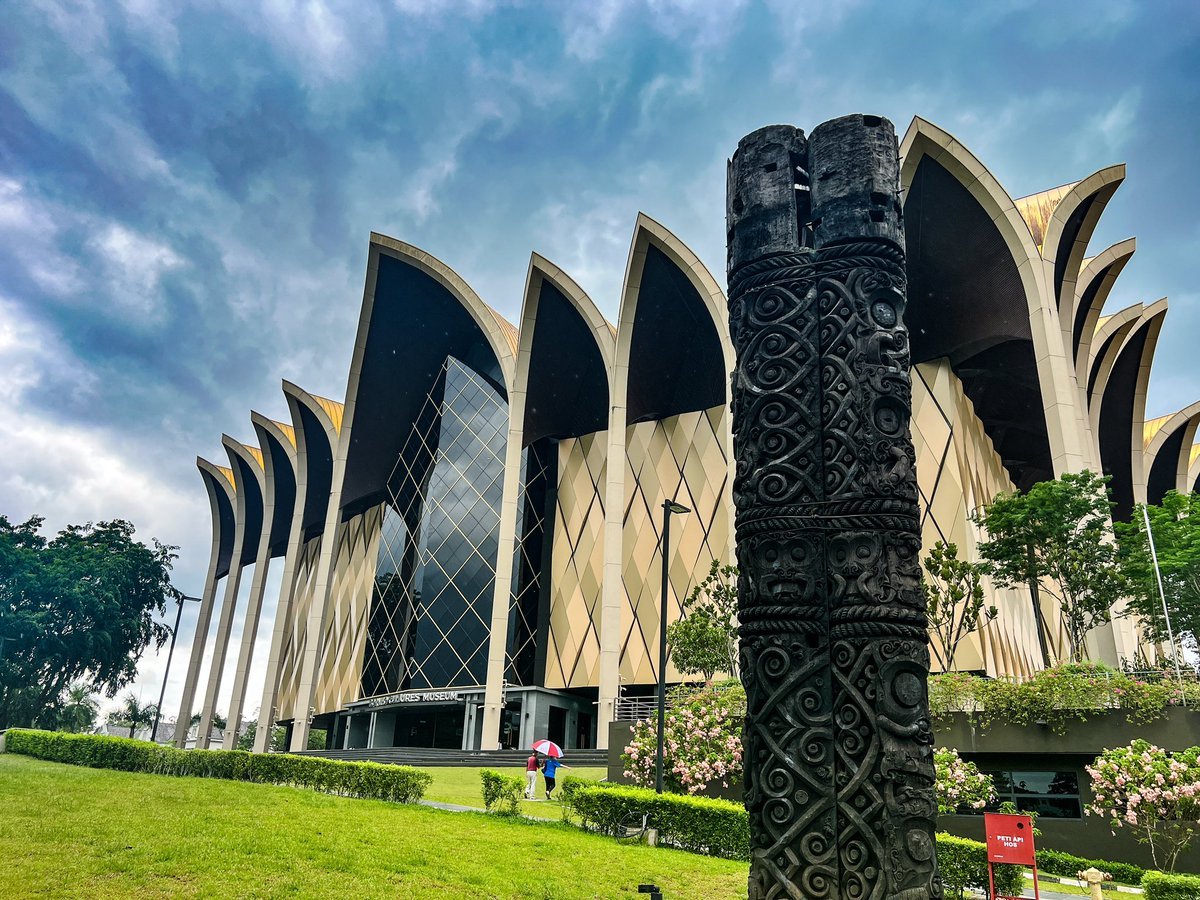Unraveling Practices: Borneo Cultures Museum in Emphasis
Unraveling Practices: Borneo Cultures Museum in Emphasis
Blog Article
Explore the Interesting Globe of Borneo's Cultural Heritage: A Comprehensive Overview to the Cultures Museum Experience
Immersing oneself in the elaborate tapestry of Borneo's social heritage is similar to embarking on a trip with time and tradition. The combination of native tribes, standard handicrafts, captivating efficiencies, and historical stories housed within the confines of the island's museums offers a glance into a world brimming with vibrant customs and extensive legacies. As visitors go across through these databases of society, they are bid to explore a world where past and present intermingle, inviting reflection on the strength and splendor of Borneo's diverse heritage.
Native Tribes of Borneo
Borneo is home to over 50 aboriginal people, each with unique social practices and practices that have been protected for generations. Amongst these people are the Iban, known for their intricate tattoos and conventional longhouses where numerous households stay. The Dayak individuals, another famous team, participate in elaborate spiritual events and are competent craftsmens, crafting elaborate wood makings and woven textiles. The Penan people, on the other hand, are nomadic hunter-gatherers with a deep connection to the jungle, using blowpipes for hunting and celebration wild plants for nourishment.
These aboriginal tribes play a crucial role in preserving Borneo's rich cultural tapestry. Site visitors to Borneo have the possibility to involve themselves in the unique way of lives of these tribes with cultural excursions, homestays, and community-based tourist efforts.
Traditional Handicrafts and Artefacts

One famous instance of standard handicrafts in Borneo is the production of woven items - Borneo Cultures Museum. Experienced weavers use natural fibers like bamboo, pandan, and rattan delegates develop elaborate baskets, floor coverings, and accessories adorned with colorful patterns that hold symbolic significances within the area
The art of woodcarving is another considerable facet of Borneo's traditional inventions. Craftsmens carve detailed styles into numerous types of wood to produce masks, sculptures, and music tools that not just offer functional purposes but also hold social relevance, often showing folklore or spiritual ideas.
Additionally, Borneo is renowned for its beadwork, with craftsmens meticulously crafting grains from products like glass, seeds, and coverings to develop fashion jewelry, apparel decorations, and ornamental products that display the region's vivid aesthetic customs. These traditional handicrafts and artifacts not just function as substantial expressions of Borneo's social heritage but likewise supply understandings right into the neighborhoods' beliefs, values, and method of life.

Cultural Performances and Festivals
With a deep-rooted link to helpful hints their cultural traditions, the areas in Borneo come to life with vivid cultural performances and festivals that celebrate their heritage. These occasions display the abundant variety of Borneo's ethnic teams, each offering unique dancings, music, and rituals that have been given via generations. Among the most popular festivals is the Gawai Dayak, commemorated by the Dayak people to mark the rice harvesting period. Throughout this event, standard songs fills the air, complex dances Click This Link are executed, and intricate traditional costumes are used. Another substantial event is the Pesta Kaamatan, celebrated by the Kadazandusun neighborhood to offer thanks for the rice harvest. This celebration features cultural efficiencies, including the Sumazau dance, and typical sporting activities like the bamboo dancing. Visitors to Borneo can immerse themselves in these celebrations, gaining a much deeper understanding of the region's social heritage and experiencing the warm hospitality of its individuals. Social efficiencies and festivals offer as a lively suggestion of Borneo's rich cultural tapestry and the importance of protecting these practices for future generations.
Historic Narratives and Artifacts
Exploring the historical stories and artefacts of Borneo provides an interesting look right into the area's rich past and cultural advancement. Borneo's historical news tapestry is woven with diverse impacts, reflecting the communications between indigenous people, Chinese investors, European colonizers, and Malay sultanates. The artefacts discovered in Borneo display this elaborate background, ranging from standard crafts like elaborate beadwork and woodcarvings to historical treasures such as ancient ceramic and devices.
Among the most engaging aspects of Borneo's historical narratives is the conservation of dental practices gave through generations. These tales provide understandings right into the ideas, personalizeds, and everyday lives of Borneo's inhabitants throughout the centuries. Additionally, the artifacts unearthed from archaeological websites use concrete connections to these narratives, allowing site visitors to witness the product society of past societies firsthand.
Contemporary Cultural Conservation Initiatives

Additionally, curricula and cultural exchange tasks play a crucial role in elevating awareness concerning the relevance of protecting Borneo's unique cultural heritage. By engaging institutions, galleries, and the wider community in conversations and tasks that commemorate Borneo's diverse cultures, conservation initiatives can gain energy and support for long-term sustainability. Cooperations between governmental bodies, charitable organizations, and regional communities are essential in driving these conservation undertakings ahead, guaranteeing that Borneo's rich social heritage continues to be vivid and valued for generations to come.
Verdict
To conclude, the cultural heritage of Borneo is diverse and rich, with indigenous people, standard handicrafts, cultural efficiencies, festivals, historic stories, and contemporary conservation efforts all adding to its originality and relevance. Visitors to Borneo's cultural galleries can obtain a much deeper understanding and gratitude of the area's cultural heritage, permitting a more immersive and enlightening experience.
Submersing oneself in the intricate tapestry of Borneo's social heritage is similar to embarking on a voyage through time and tradition.With a deep-rooted connection to their cultural traditions, the communities in Borneo come to life through lively cultural performances and events that celebrate their heritage. Social performances and events serve as a vivid reminder of Borneo's rich cultural tapestry and the significance of preserving these customs for future generations.
Additionally, instructional programs and cultural exchange activities play a crucial duty in increasing awareness regarding the relevance of protecting Borneo's unique cultural heritage. Cooperations between governmental bodies, charitable companies, and regional communities are important in driving these conservation undertakings forward, guaranteeing that Borneo's rich cultural heritage stays vibrant and treasured for generations to come.
Report this page